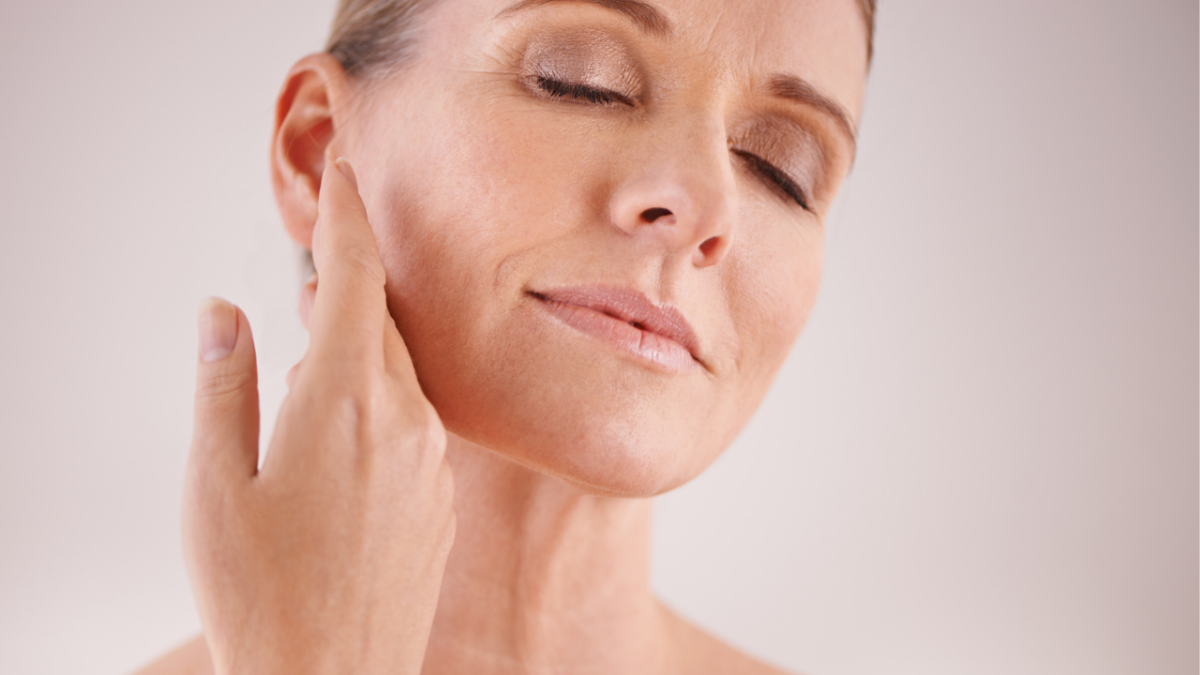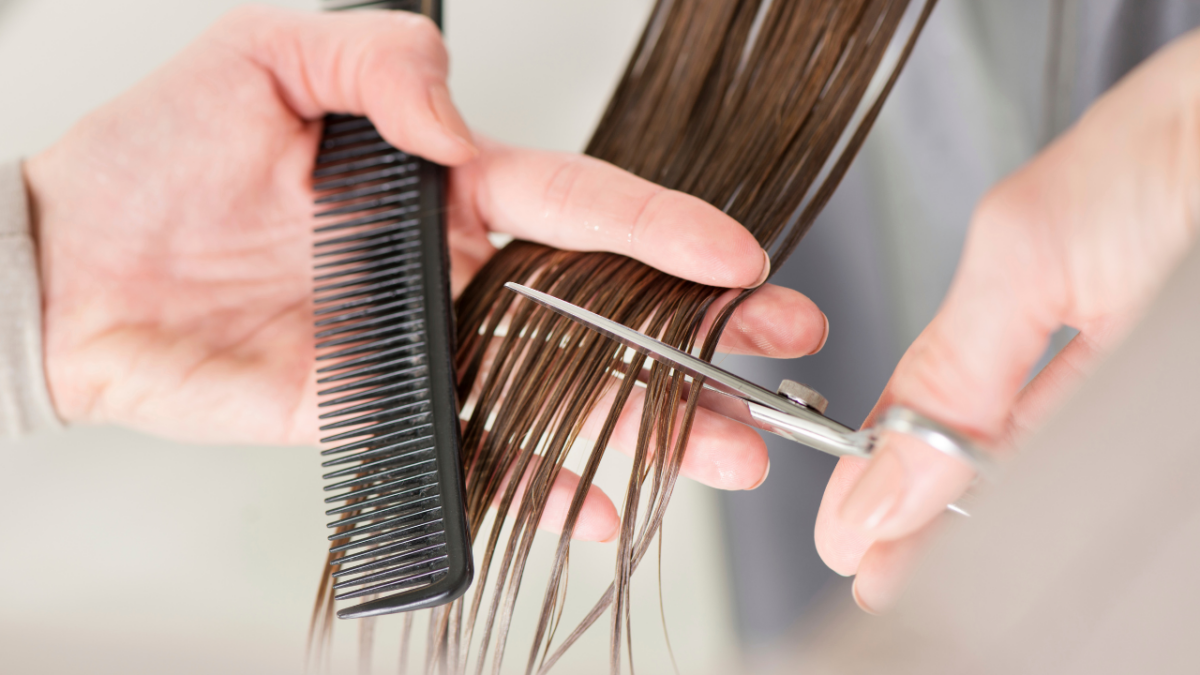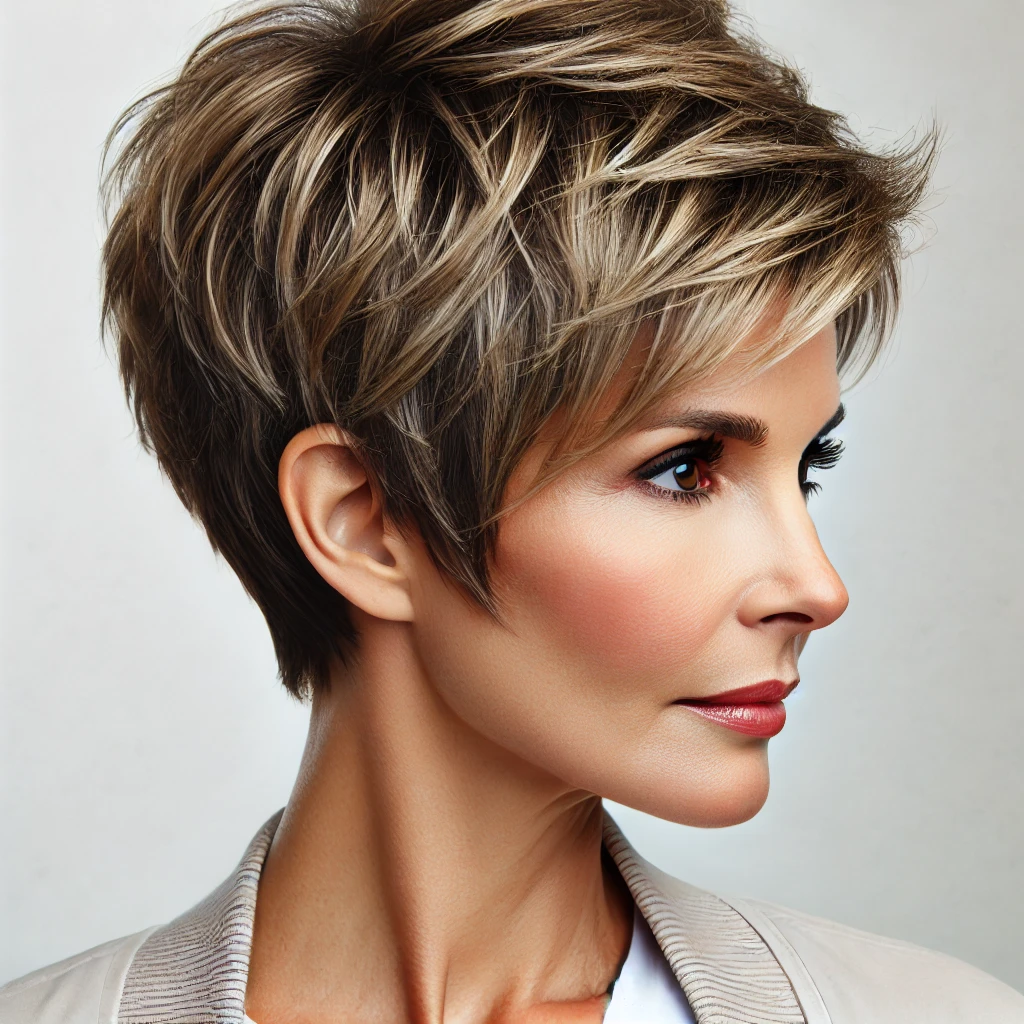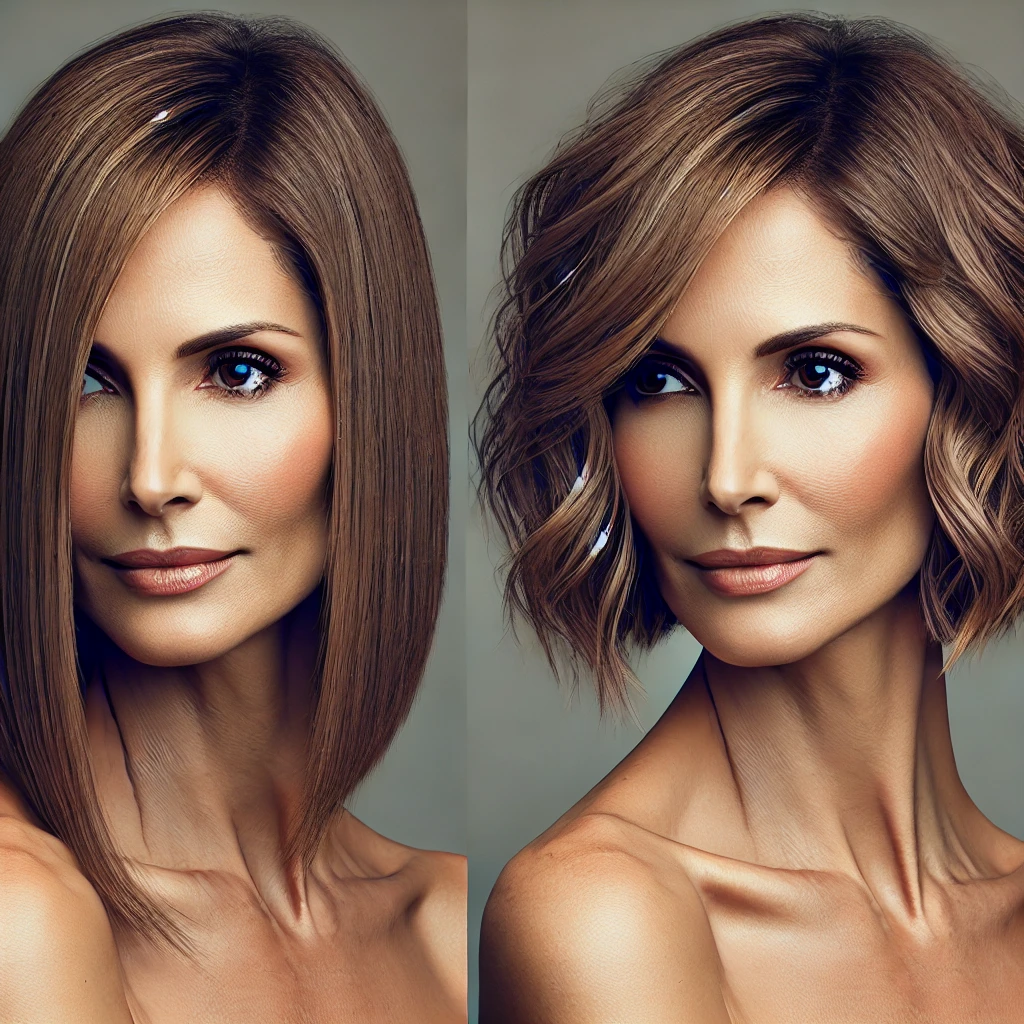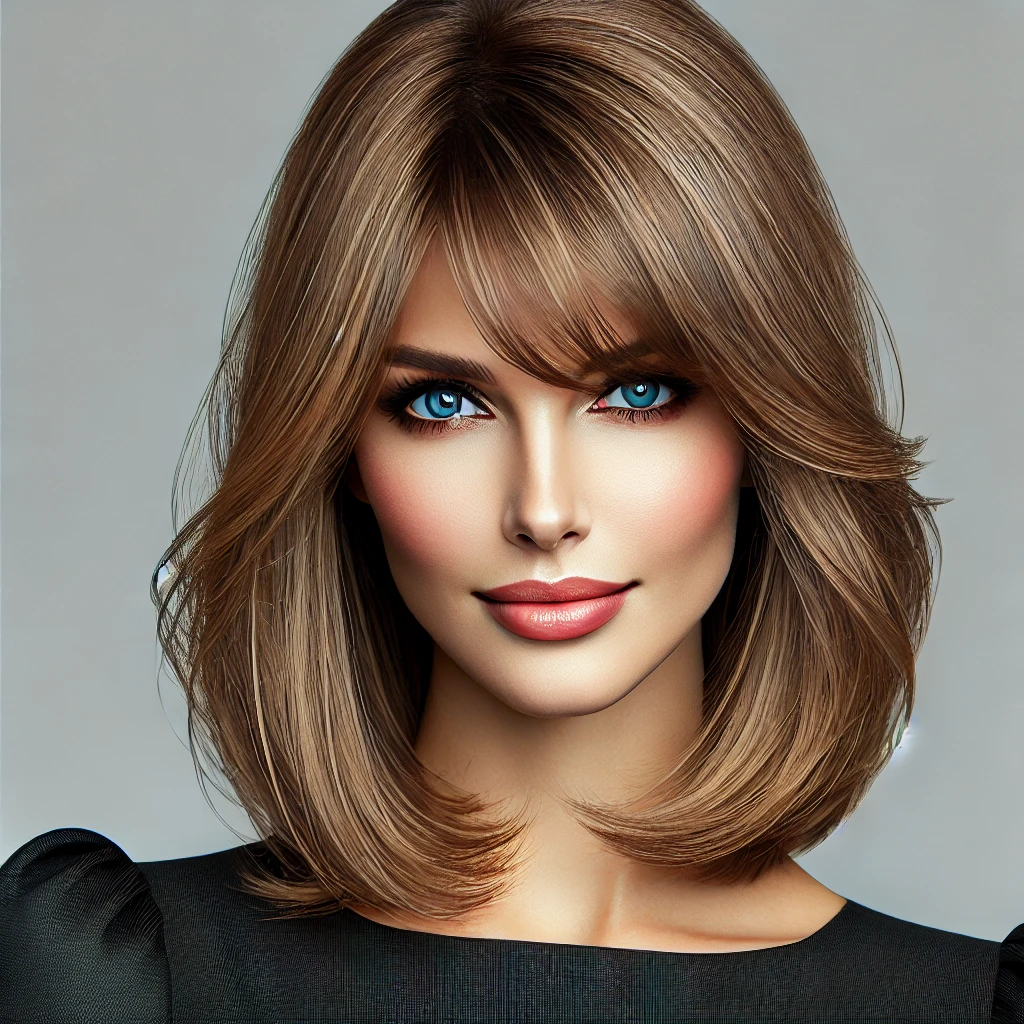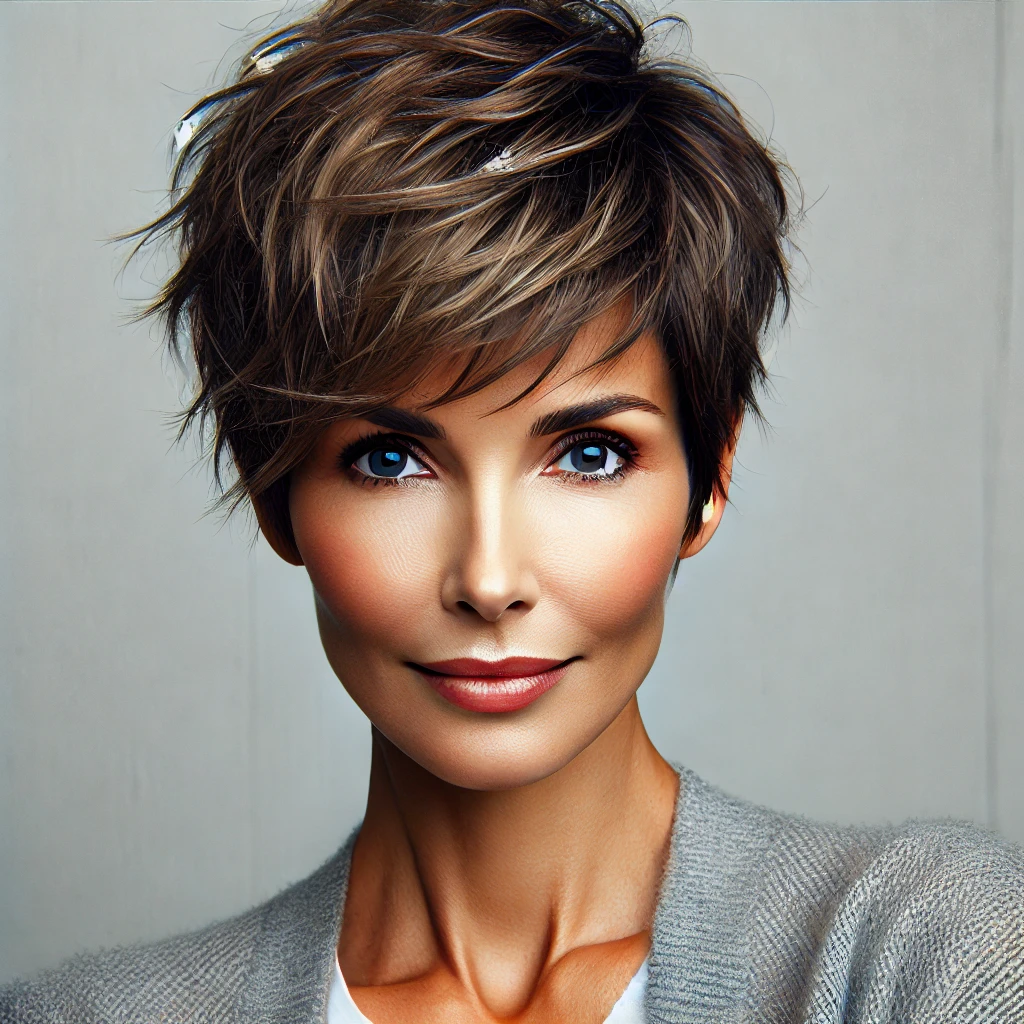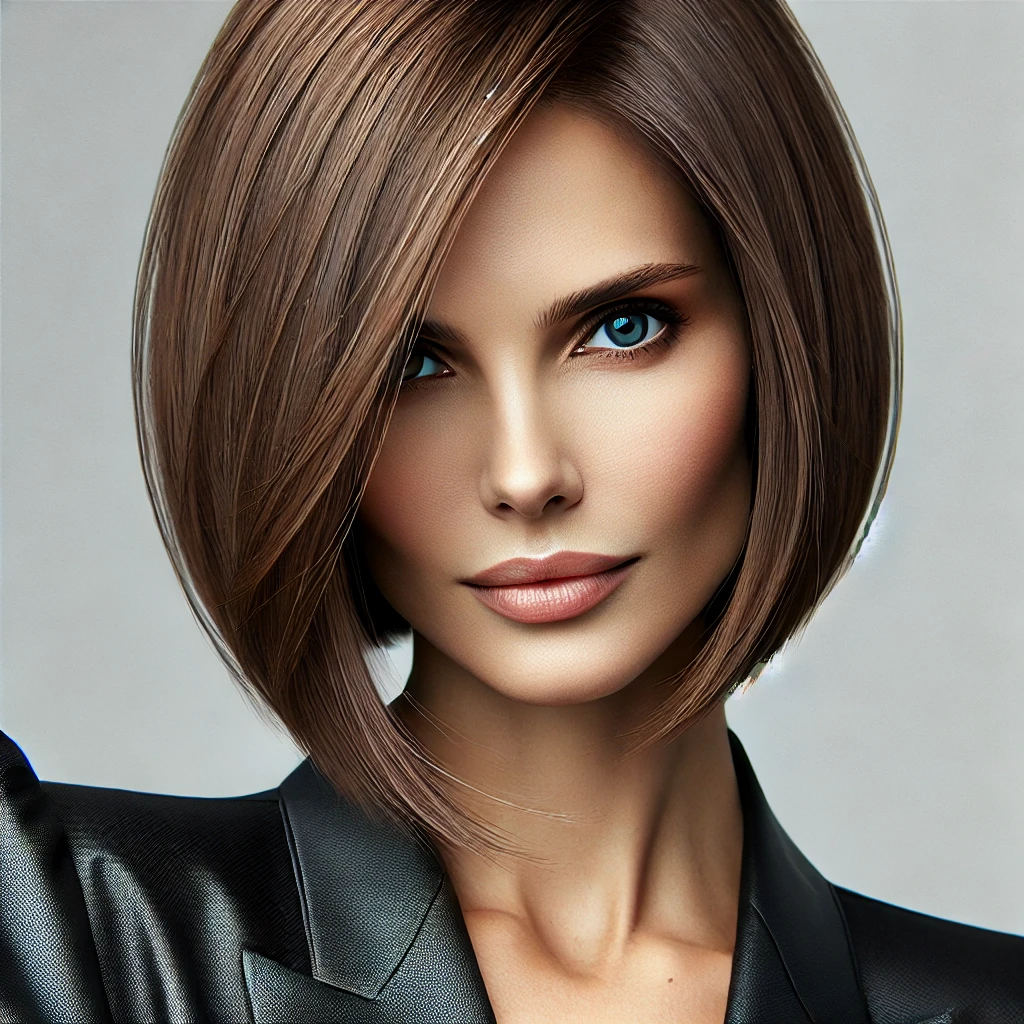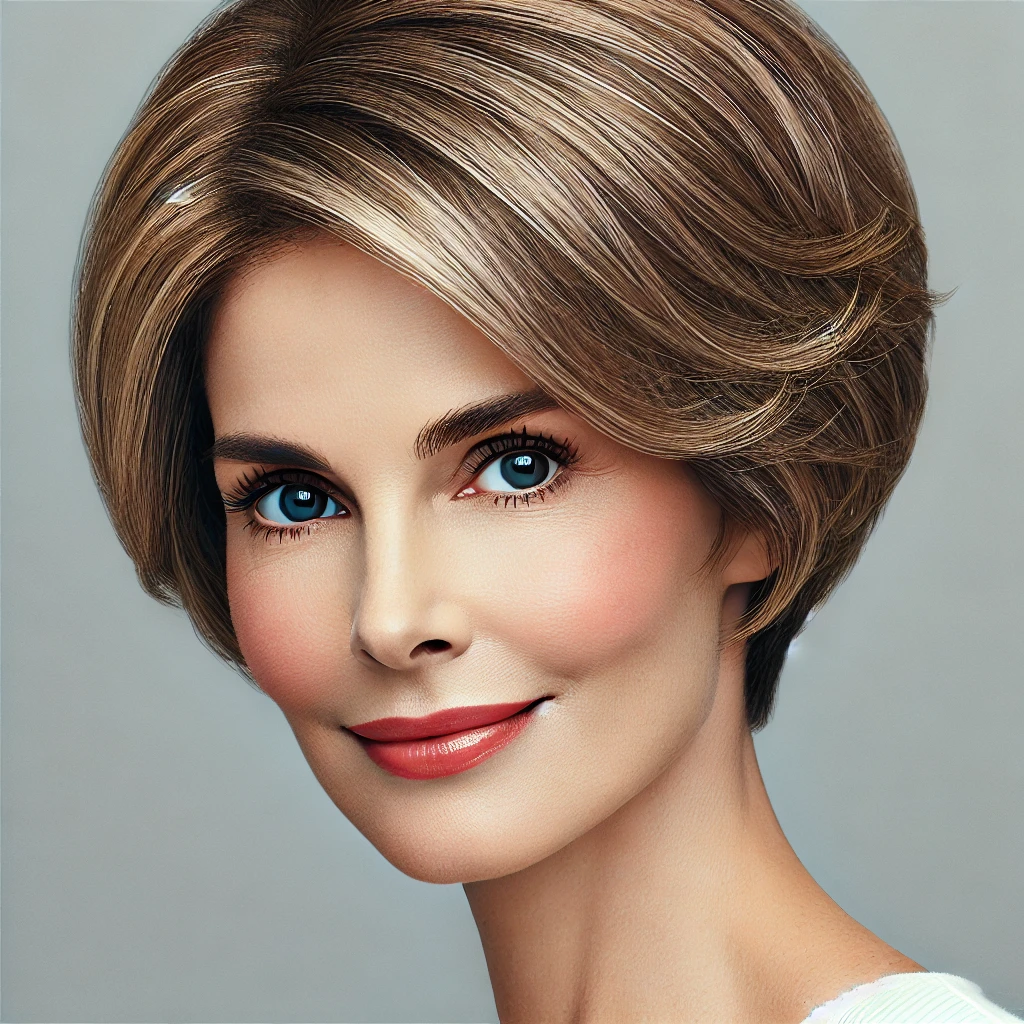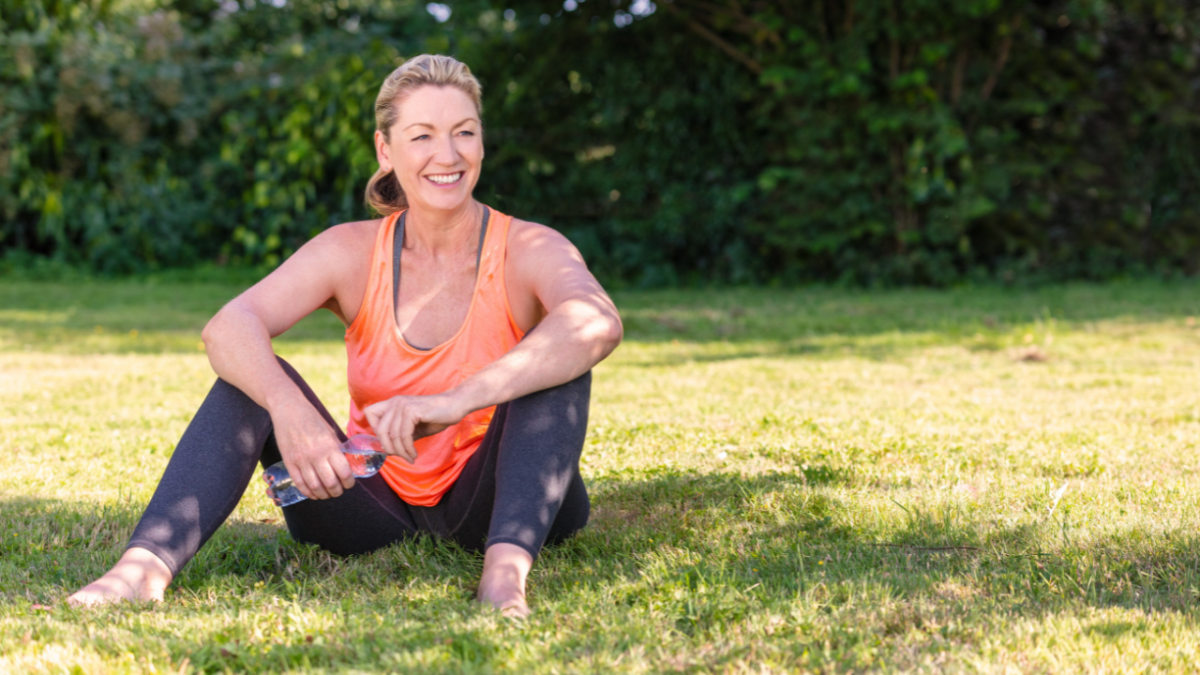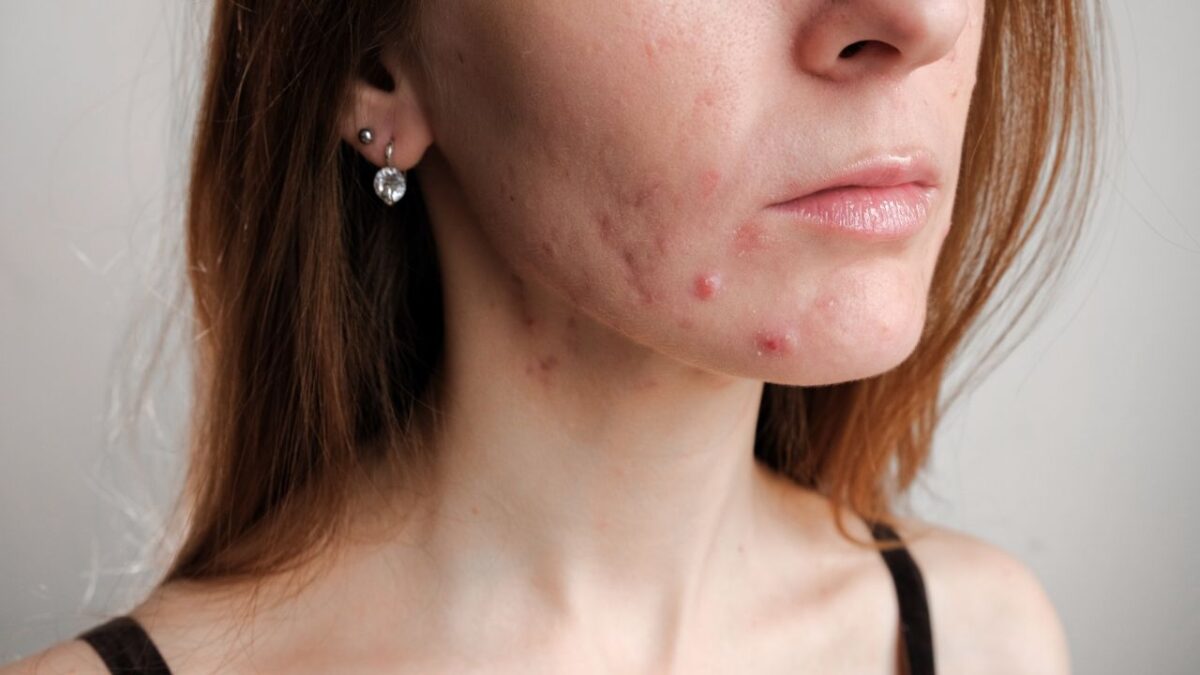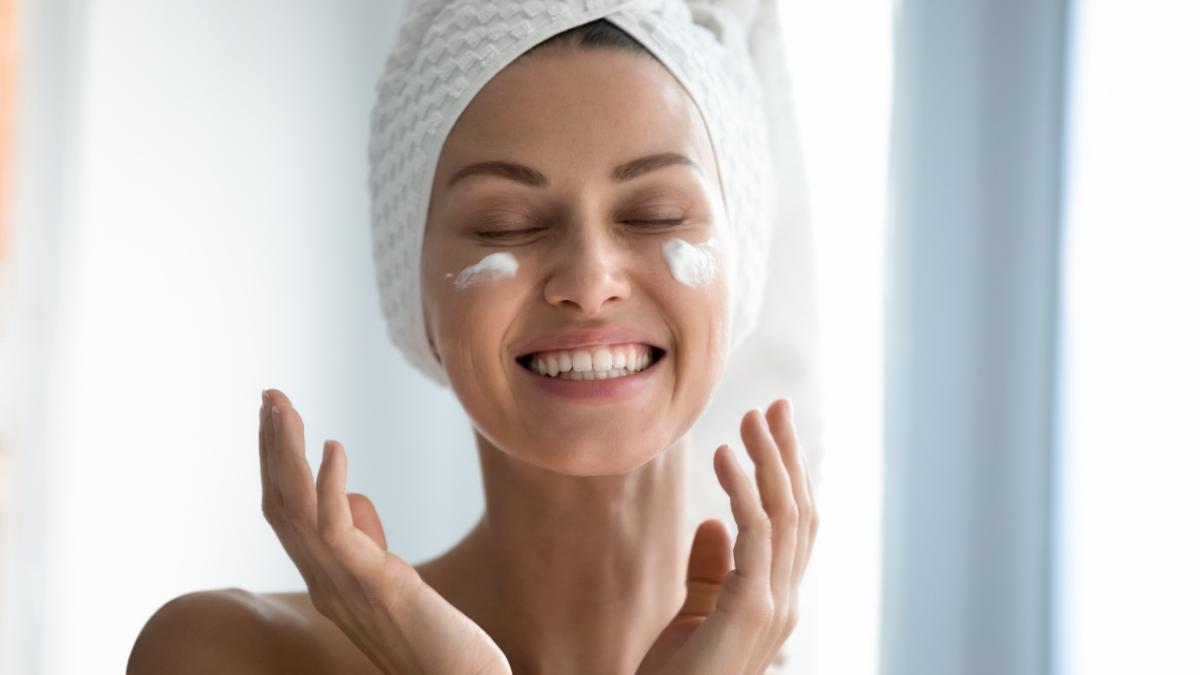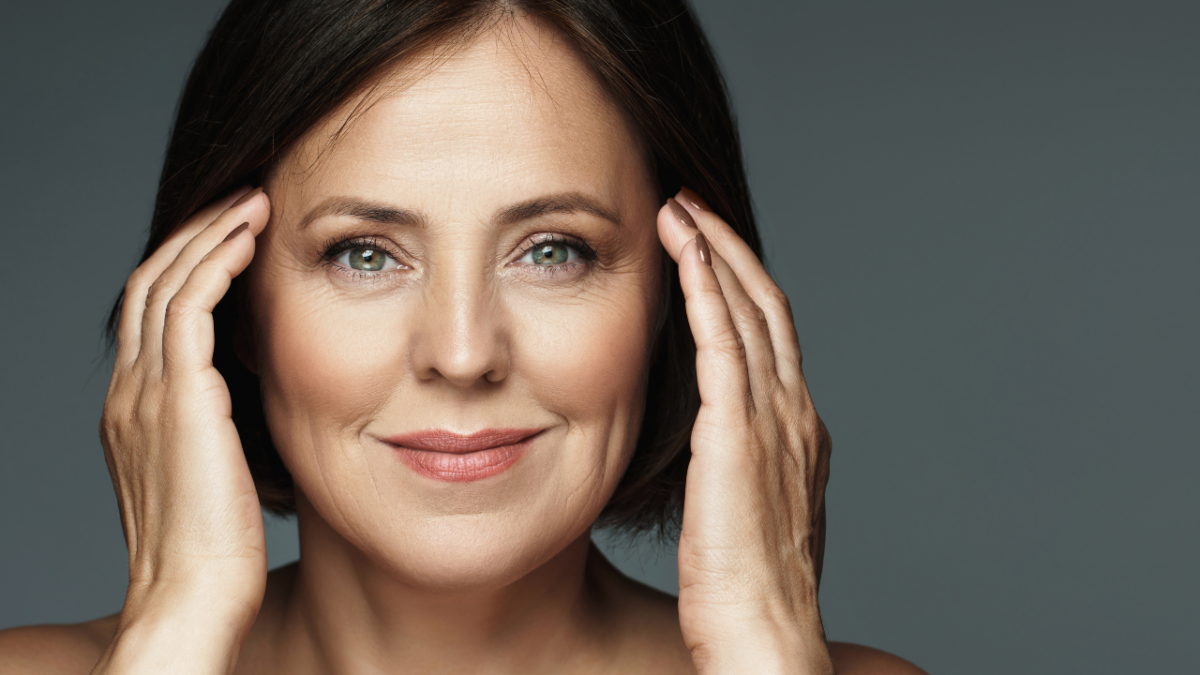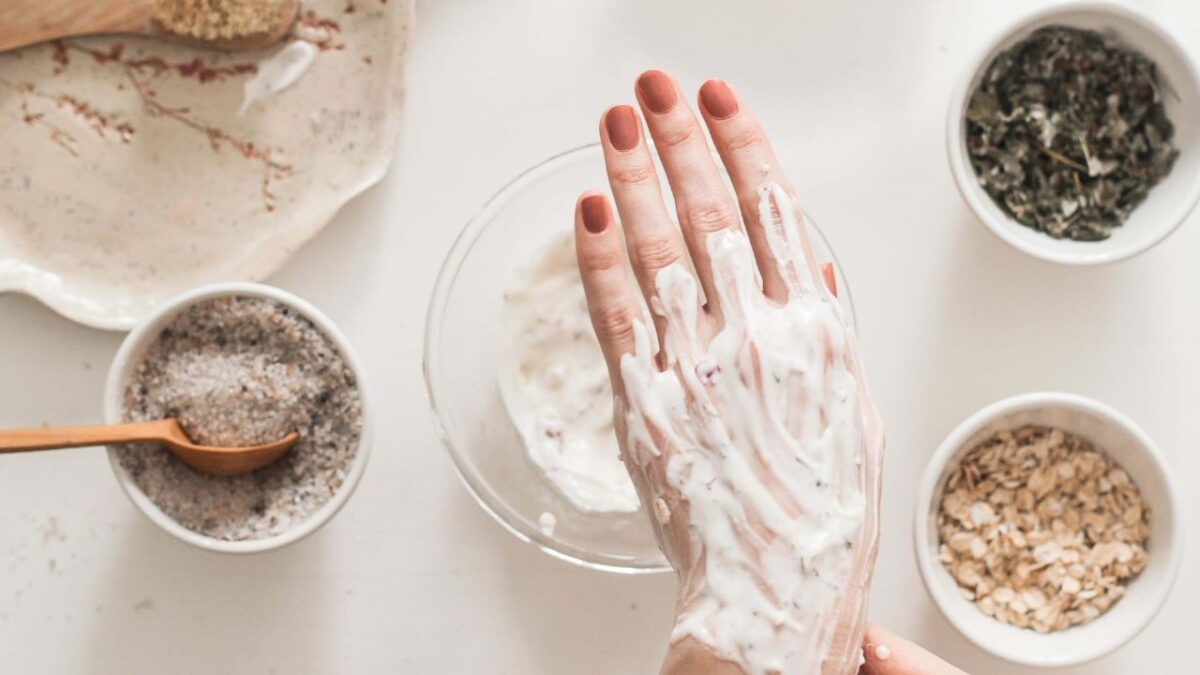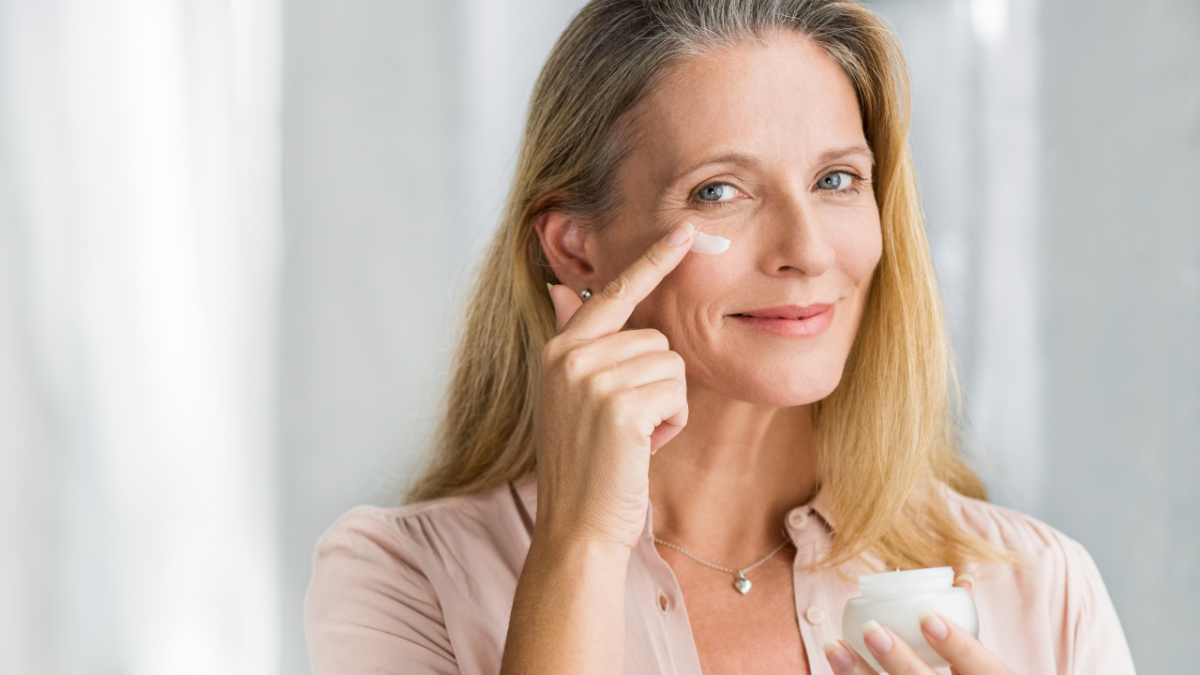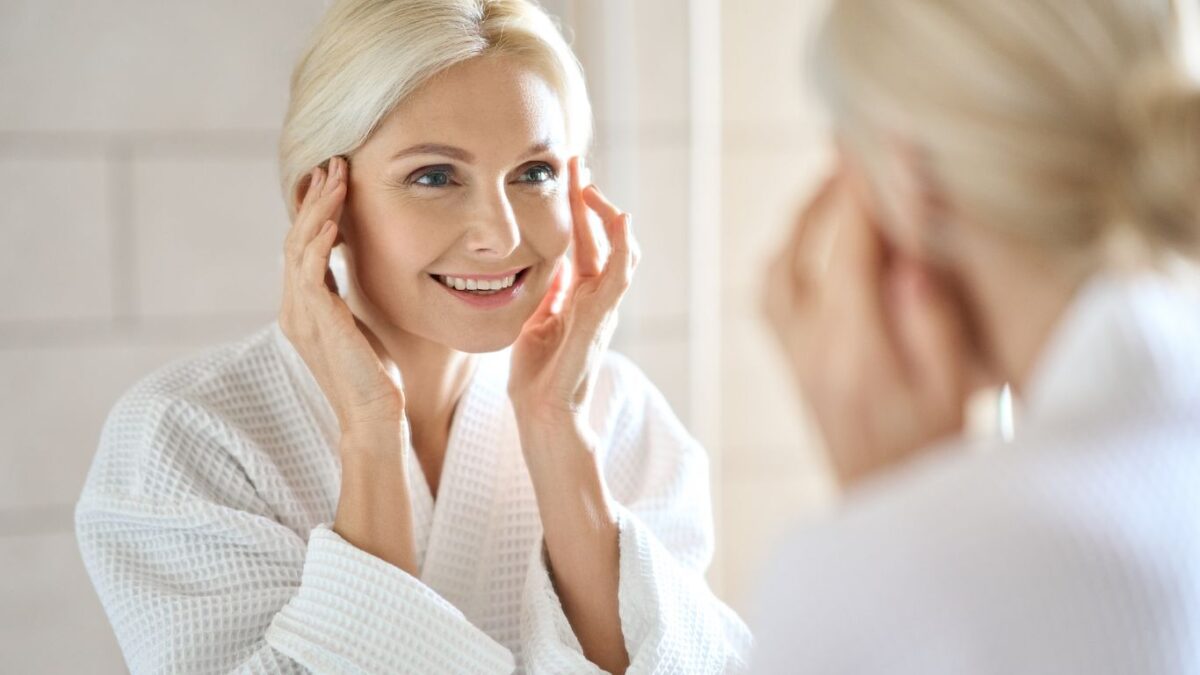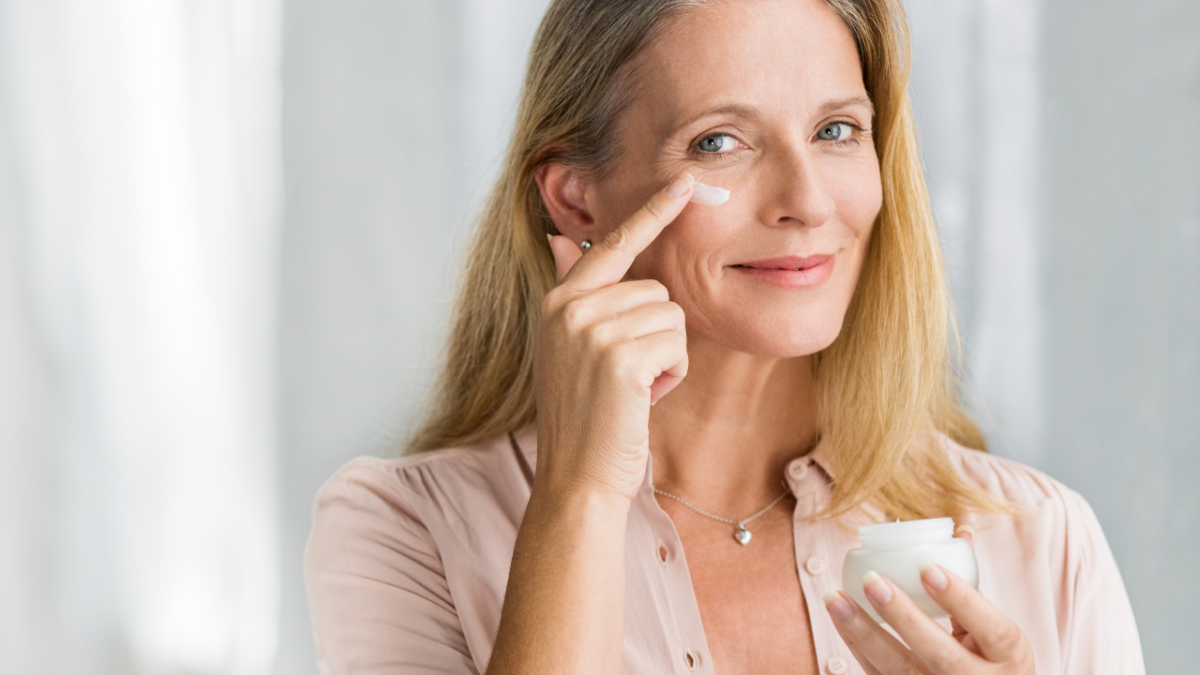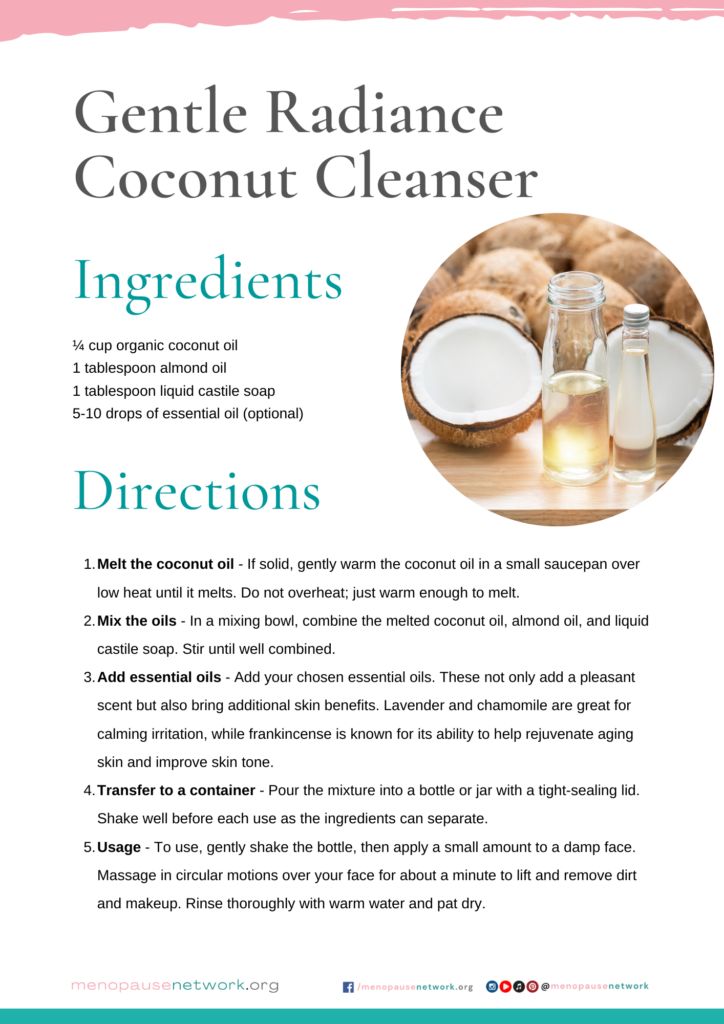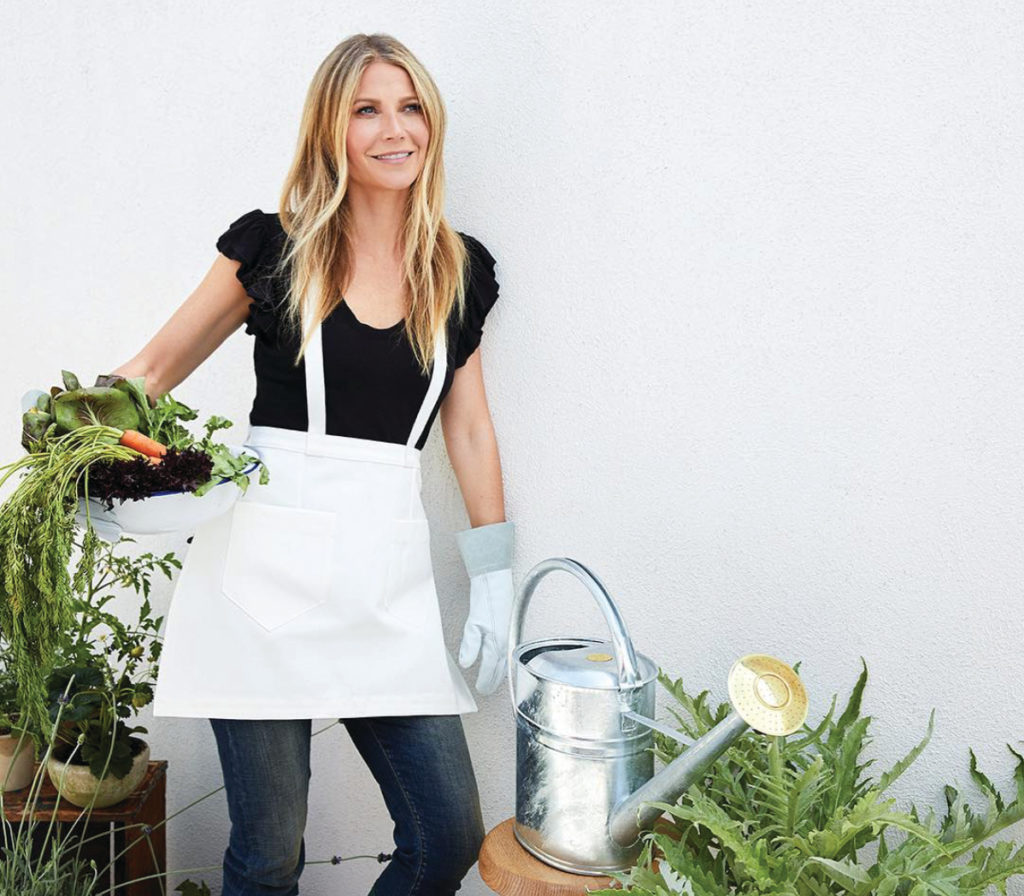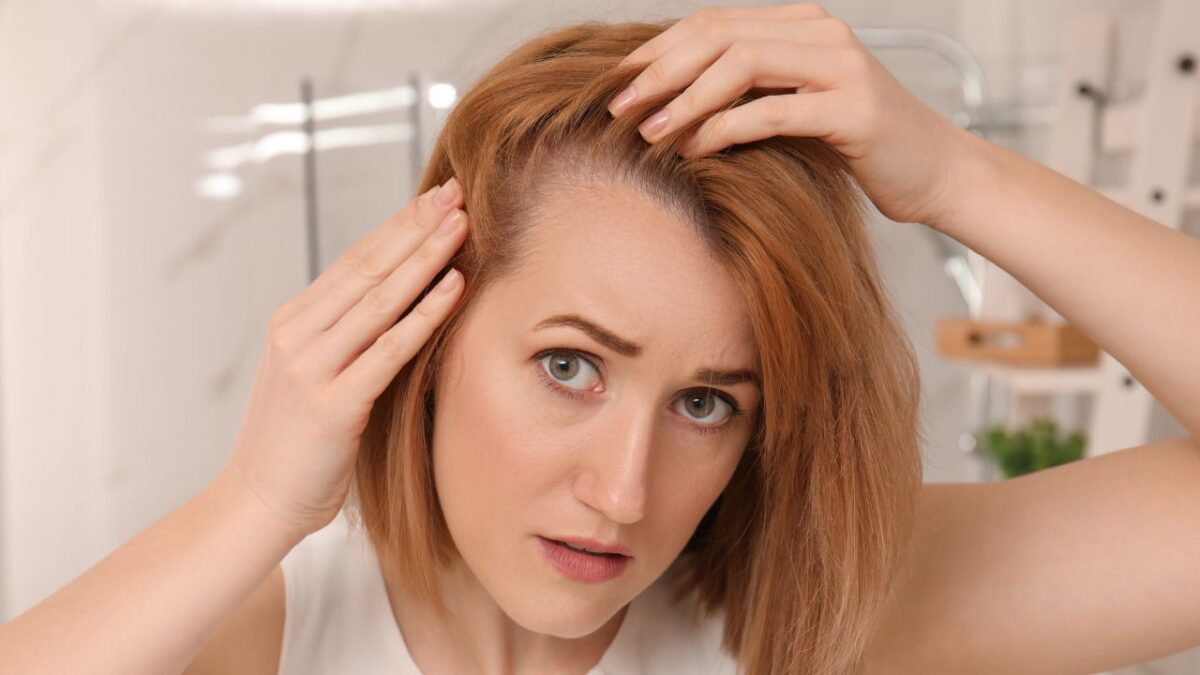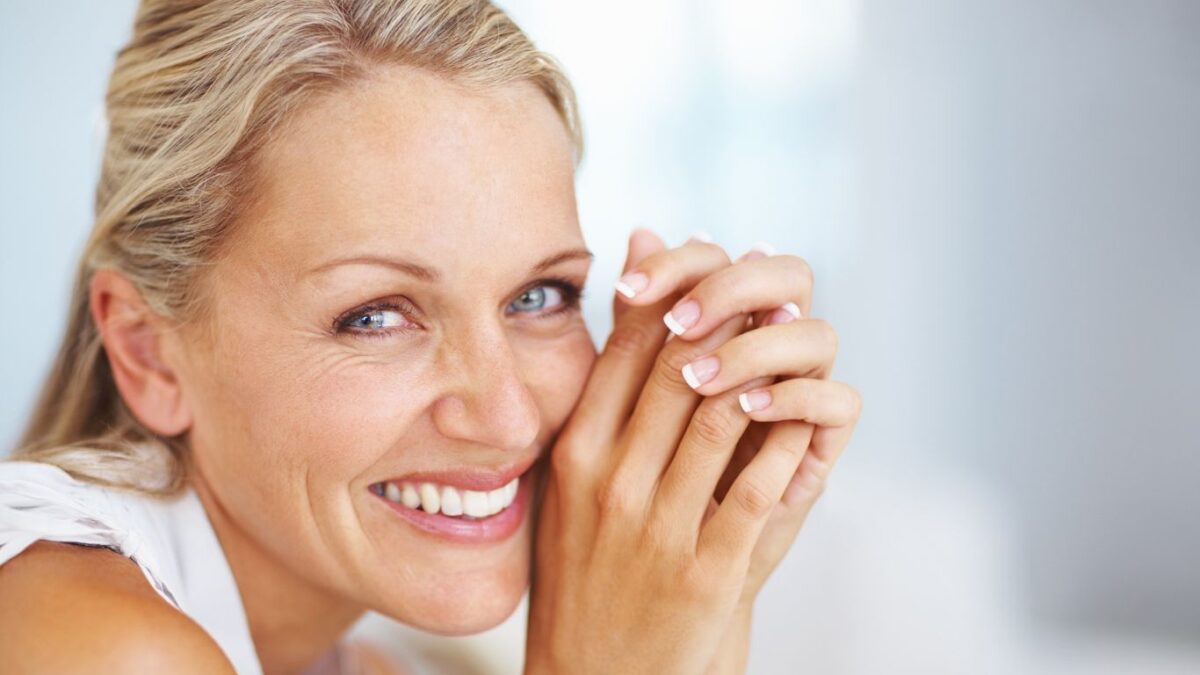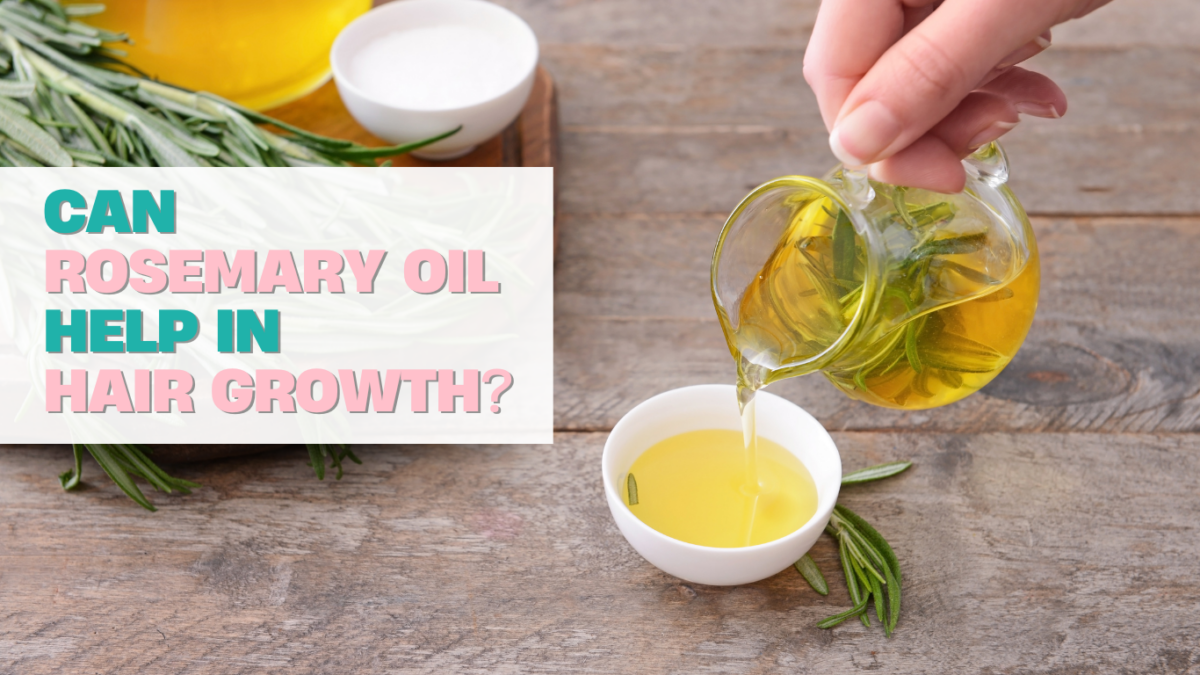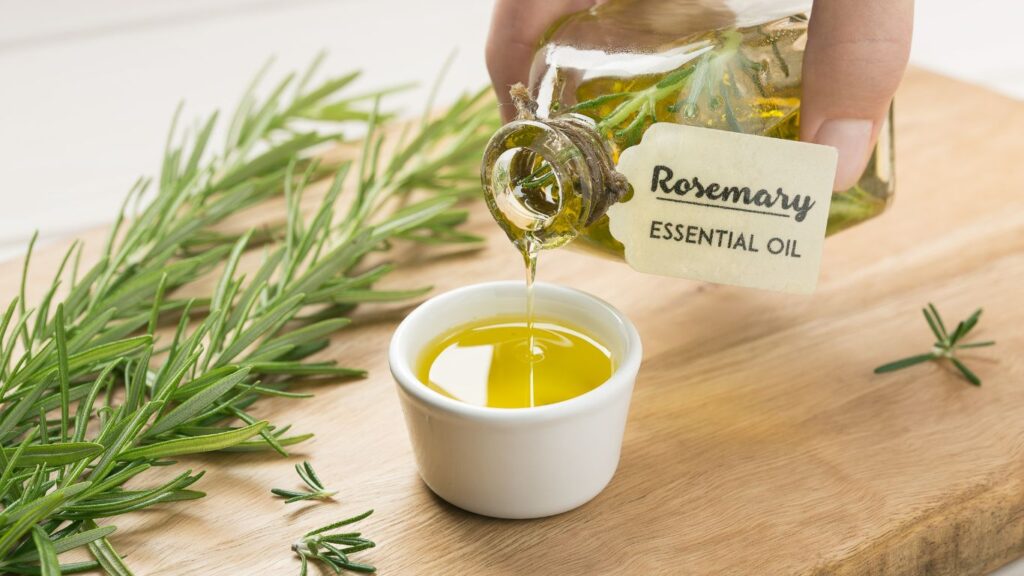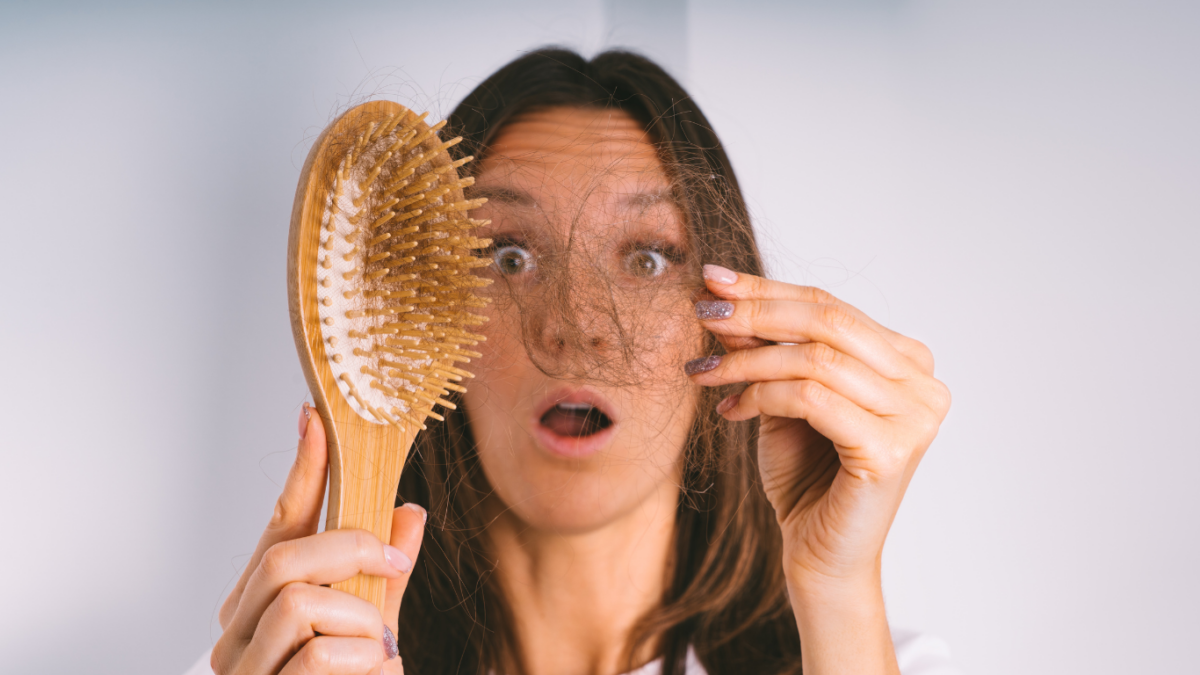One of the areas that may be affected during Menopause is the skin and overall appearance. However, with the right care and attention, you can continue to radiate beauty and confidence. Here are some beauty tips tailored for the menopausal woman, ensuring you glow through this transformative phase:
1. Hydrate Inside and Out
Internal Hydration is The Foundation of Healthy Skin
Why it’s essential: The human body is made up of about 60% water. Every cell, tissue, and organ requires water to function correctly. When the body is dehydrated, it can lead to various health issues, including dry and dull skin. During menopause, hormonal changes can exacerbate skin dryness, making hydration even more crucial.
How to achieve it:
- Drink Water Regularly: Aim for at least 8 glasses of water a day. If you’re active or live in a hot climate, you might need more. Carry a reusable water bottle with you throughout the day. This not only serves as a reminder to drink but also helps in tracking your water intake.
- Incorporate Water-Rich Foods: Foods like cucumbers, watermelon, strawberries, and oranges are not only delicious but also have high water content. Start your day with a smoothie made of watermelon, strawberries, and a splash of coconut water for an added hydration boost.
External Hydration Shields and Nourishes the Skin’s Surface
Why it’s essential: The skin is the body’s largest organ and the first line of defense against external factors like pollution, UV rays, and harsh weather conditions. Keeping the skin moisturized helps maintain its barrier function, ensuring it remains resilient and radiant.
How to achieve it:
- Choose the Right Moisturizer: Not all moisturizers are created equal. It’s essential to pick one that aligns with your skin type—be it oily, dry, combination, or sensitive. If you have oily skin, you might think you don’t need a moisturizer. However, using a lightweight, non-comedogenic (won’t clog pores) moisturizer can help balance oil production.
- Seek Key Ingredients: Hyaluronic acid is a superstar when it comes to hydration. It can hold up to 1,000 times its weight in water, making it a potent ingredient for moisturizers. Consider using a serum with hyaluronic acid before your regular moisturizer. This can provide an added layer of hydration, ensuring your skin remains plump and youthful.
- Night-time Care: The skin undergoes repair and regeneration while you sleep. Using a richer moisturizer or hydrating mask at night can amplify this natural process. Once a week, indulge in a hydrating sheet mask infused with ingredients like ceramides or aloe vera, ensuring you wake up with soft, supple skin.
2. Gentle Cleansing
Why it’s essential: Menopausal skin can become more sensitive due to hormonal changes. Using harsh cleansers can strip the skin of its natural oils, leading to dryness and irritation.
How to achieve it:
- Choose Cream or Gel-Based Cleansers: These are usually milder and help maintain the skin’s moisture barrier. A cleanser with ingredients like chamomile or aloe vera can soothe and hydrate the skin while cleansing.
- Read Labels: Avoid products with sulfates, alcohol, and artificial fragrances, which can be drying and irritating. Look for terms like “fragrance-free” or “for sensitive skin” on product labels.
3. Embrace Sun Protection
Why it’s essential: The skin’s ability to repair sun damage diminishes with age, making it more prone to sunspots, wrinkles, and other UV-induced issues.
How to achieve it:
- Use Broad-Spectrum Sunscreen: This protects against both UVA and UVB rays. Aim for SPF 30 or higher. A tinted moisturizer with SPF can provide sun protection while evening out skin tone.
- Wear Protective Clothing: This includes sunglasses, wide-brimmed hats, and long-sleeved clothing. A stylish wide-brimmed hat not only shields your face from the sun but also adds a touch of elegance to your outfit.
4. Nourish with Nutrients
Why it’s essential: Nutrient-rich foods provide the building blocks for healthy skin, hair, and nails.
How to achieve it:
- Incorporate Antioxidant-Rich Foods: These combat free radicals that can accelerate aging. Blueberries, strawberries, and dark chocolate are delicious sources of antioxidants.
- Eat Omega-3 Rich Foods: These fatty acids help maintain skin elasticity and hydration. Salmon, walnuts, and flaxseeds are excellent sources of omega-3s.
5. Regular Exfoliation
Why it’s essential: Dead skin cells can accumulate on the skin’s surface, leading to dullness and uneven texture.
How to achieve it:
- Use Mild Exfoliants: Chemical exfoliants like glycolic or lactic acid can be gentler than physical scrubs. A weekly mask with fruit enzymes can gently exfoliate and brighten the skin.
- Avoid Over-Exfoliating: This can lead to irritation and sensitivity. Stick to once or twice a week.
6. Mind Your Makeup
Why it’s essential: Makeup can accentuate fine lines and dry patches if not chosen correctly.
How to achieve it:
- Opt for Hydrating Formulas: These prevent makeup from settling into lines and wrinkles. A hydrating primer can create a smooth canvas for foundation.
- Choose Natural Finishes: Matte products can make the skin look flat and dry. A dewy foundation or a cream blush can impart a youthful glow.
7. Hair Care
Why it happens: The decrease in estrogen levels during menopause can result in reduced hair growth, leading to thinning. Additionally, hair might become drier, more brittle, or change in texture, transitioning from straight to wavy or vice versa.
Volumizing Products
Why they’re essential: Volumizing products are specially formulated to make hair appear fuller and more voluminous, compensating for the thinning that might occur during menopause.
How to use them:
- Volumizing Shampoos and Conditioners: These are designed to lift the hair at the roots and add body without weighing it down. Using a volumizing shampoo with ingredients like biotin or panthenol can strengthen and thicken the hair shaft.
- Root Lifting Sprays: These are applied to the roots and give an instant lift, creating the illusion of fuller hair. Before blow-drying, apply a root lifting spray to damp hair, focusing on the crown area. Blow-dry with your head upside down for added volume.
- Thickening Serums: These coat the hair shaft, making each strand appear thicker. A pea-sized amount of thickening serum can be worked through the lengths of the hair, adding body and fullness.
Haircuts for Added Fullness
Why they’re essential: The right haircut can make a world of difference in how full and voluminous your hair appears. It can also help in managing changes in texture.
How to achieve it:
- Layers: Adding layers can introduce movement and volume to the hair. They can also help in framing the face beautifully. A layered bob or a shaggy cut can add dimension and bounce to the hair.
- Strategic Length: Very long hair can appear weighed down, especially if it’s thinning. Opting for a medium to short length can make the hair appear fuller. A shoulder-length cut with soft waves can give the illusion of volume and is also easy to manage.
- Bangs: These can add fullness to the front and can also serve as a style statement. Soft, side-swept bangs can add volume at the crown and provide a youthful appearance.
8. Holistic Wellness
Holistic wellness is rooted in the belief that our well-being is not just about physical health or appearance. It’s about nurturing our mental, emotional, and spiritual selves, recognizing that all these aspects are interlinked. When one area is neglected, it can impact the others.
Engaging in Physical Activities:
Why it’s essential: Physical activities, like yoga, not only tone the body but also help in releasing stress, improving flexibility, and enhancing mental clarity.
Example: Incorporating a morning yoga routine can set a positive tone for the day. Poses like the “Child’s Pose” or “Savasana” are not just beneficial for the body but also provide a moment of introspection and relaxation.
Meditation and Mindfulness:
Why it’s essential: Meditation is a powerful tool to calm the mind, enhance concentration, and foster a sense of inner peace. It helps in grounding oneself, making it easier to handle stress and challenges.
Example: Dedicate 10 minutes every day to practice mindfulness meditation. Sit in a quiet space, focus on your breathing, and let go of any distracting thoughts. Over time, this practice can improve emotional regulation and foster a deeper connection with oneself.
Nurturing the Mind:
Why it’s essential: Engaging in activities that stimulate the mind can enhance cognitive functions, boost creativity, and provide a sense of accomplishment.
Example: Reading a book is a wonderful way to escape, learn, and grow. Whether it’s fiction, self-help, or a biography, immersing oneself in a good book can be both therapeutic and enlightening.
Positive Mindset
Why it’s essential: Our thoughts shape our reality. Cultivating a positive mindset can influence our perception, actions, and interactions. It can boost self-esteem, resilience, and overall happiness.
Example: Start a gratitude journal. Every night, jot down three things you’re grateful for. This simple act can shift the focus from what’s lacking or negative to recognizing and appreciating the abundance in life.
9. Regular Exercise
Regular exercise is a holistic approach to health and beauty, especially during pivotal phases like menopause. It’s not just about staying fit or achieving a certain physique; it’s about embracing a lifestyle that promotes overall well-being, radiance, and resilience from the inside out.
Boosting Circulation:
Why it’s essential: Good blood circulation ensures that oxygen and essential nutrients are effectively delivered to every cell in the body, including skin cells. This nourishment is vital for cell regeneration and repair.
Example:
- Cardiovascular Workouts: Activities like jogging, cycling, or even brisk walking can elevate the heart rate, enhancing blood flow throughout the body. After a good cardio session, you might notice your skin taking on a rosy, flushed appearance. This is a result of increased blood flow, giving your skin that coveted natural glow.
Detoxification through Sweat:
Why it’s essential: Sweating is one of the body’s natural ways of eliminating toxins. Regular exercise induces sweating, which can help clear out impurities, leading to clearer skin.
Example:
- Hot Yoga: This form of yoga is practiced in a warm and humid environment, promoting profuse sweating. Not only does it offer the benefits of traditional yoga poses, but the sweating can help detoxify the skin, leaving it refreshed and radiant.
Stress Reduction:
Why it’s essential: Stress can exacerbate menopausal symptoms and negatively impact skin health, leading to issues like acne or premature aging. Exercise releases endorphins, often termed as ‘feel-good hormones’, which act as natural stress-relievers.
Example:
- Dance: Whether it’s a structured dance class or just freestyling to your favorite tunes at home, dancing is a joyful way to get moving. It uplifts the mood, reduces stress, and provides a full-body workout.
Managing Menopausal Symptoms:
Why it’s essential: Menopause can come with a range of symptoms, from hot flashes to mood swings. Regular exercise can help in managing these symptoms, making this transition smoother.
Example:
- Strength Training: Incorporating resistance training or weight lifting can be beneficial during menopause. It not only helps in maintaining muscle mass but also supports bone density, combating the risk of osteoporosis, a concern for many post-menopausal women.
- Tai Chi: This ancient Chinese practice combines slow, deliberate movements with deep breathing. It’s excellent for balance, flexibility, and relaxation. Many women find that practices like Tai Chi help in managing hot flashes and improving sleep quality during menopause.
10. Sleep Well
Sleep is a non-negotiable aspect of holistic well-being. It’s the time when our body and mind undergo repair, regeneration, and detoxification. Especially in today’s fast-paced world, ensuring quality sleep has become more crucial than ever. Let’s delve deeper into the significance of sleep and how it impacts our health and appearance:
Why it’s essential: Sleep is not just about physical rest. During deep sleep, the body goes into a state of recovery. Cells regenerate, toxins are flushed out, and the mind processes and consolidates memories. For the skin, this is the time when most repair and regeneration occur. Lack of sleep can lead to a tired-looking complexion, dark circles, and even accelerated signs of aging.
Quick Tips for Quality Sleep:
- Establish a Routine: Try to go to bed and wake up at the same time every day, even on weekends. This helps regulate your body’s internal clock.
- Create a Sleep Sanctuary: Ensure your bedroom is conducive to sleep. This means a comfortable mattress, blackout curtains, and a cool, dark, and quiet environment.
- Limit Screen Time: The blue light emitted by phones, tablets, and computers can interfere with the production of melatonin, a hormone responsible for sleep. Try to avoid screens at least an hour before bedtime.
- Mind Your Diet: Avoid caffeine and heavy meals close to bedtime. Instead, opt for light, sleep-promoting snacks like almonds or chamomile tea.
- Relaxation Techniques: Engage in calming activities before bed, such as reading, listening to soft music, or practicing deep-breathing exercises.
- Stay Active: Regular physical activity can help you fall asleep faster and enjoy deeper sleep. However, don’t exercise too close to bedtime, as it might have the opposite effect.
- Limit Naps: If you choose to nap during the day, try to keep it short (20-30 minutes) and avoid napping late in the afternoon.
- Seek Professional Help: If you’ve tried various strategies and still struggle with sleep, it might be time to consult a sleep specialist. Conditions like sleep apnea or insomnia might require professional intervention.

